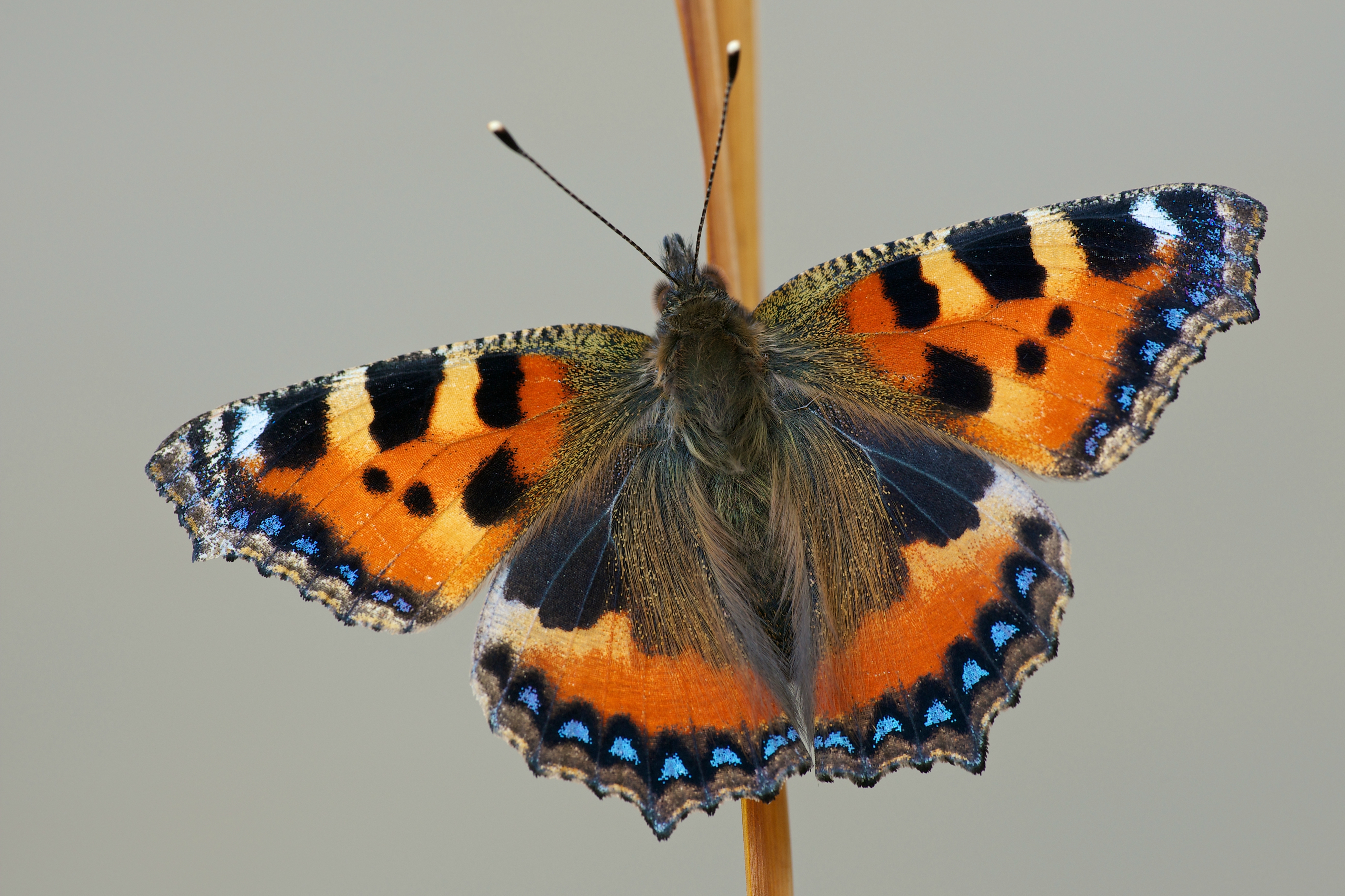The Vervain (Verbena) family contains about 250 species of annual and perennial herbaceous or semi-woody flowering plants. Many are native to North and South America but there is one which is almost native to the British Isles as it was introduced in the Stone Age. Vervain Verbena officinalis grows in rough grassy places, often on dry chalky soil. It is between 30 and 75cm tall and has pinkish-lilac flowers which open along slender spikes.
Vervain has long been associated with divine and supernatural forces and the plant is also still used in herbal medicines. Of relevance to this Easter month, one of its names is ‘herb of the cross’ as it was said to grow at the foot of Christ’s cross and was used to staunch the blood from his wounds.
The Verbena family includes useful nectar plants for butterflies and other pollinators. There are vibrantly coloured dwarf annual bedding plants, Verbena x hybrid, which are commonly seen in garden centres in May. However, the plants focussed on below are short-lived perennials which flower from May or June to September or October, providing essential late season nectar.
A very popular choice is Argentinian Vervain V. bonariensis which is a tall airy plant with small clusters of purple flowers atop long stems, reaching 2m tall. It works well lining a path or planted in groups in the middle of a border, where the tall, wiry stems can support other plants such as dahlias. It is also perfect in prairie style planting with grasses and flowering plants such as Echinacea pupurea, Rudbeckia fulgida and Agastache rugosa. A version called V. bonariensis ‘Lollipop’ has been bred to have shorter stems – up to 60cm.
Slender Vervain V. rigida is also shorter than V. bonariensis, reaching 50cm high so it suits being planted at the front of a border. It looks good in drifts and amongst grasses or plants with silver foliage but is also happy in a container.
Blue Vervain V. hastata is another tall and branched plant, which reaches 1.2m.
Growing and care
Verbena like moderately fertile, moist, well-drained soil in a sheltered, sunny spot.
V. bonariensis can be grown from seed sown under cover in March and April and the seedlings planted out in May, after the last frosts. Alternatively, it can be direct sown in May, as can V. rigida. V. hastata can be direct sown this month and will flower 16 weeks from sowing. Plants are also available from garden centres and nurseries.
You can deadhead after flowering (sometimes self-seeding will occur) and cut back the old growth in spring, when new shoots appear at the base. The plants are frost hardy but might need some winter protection, for example a dry mulch around the crown.
I hope you and the butterflies enjoy your purple paradise this summer.
Happy Gardening!
The Secret Gardener


